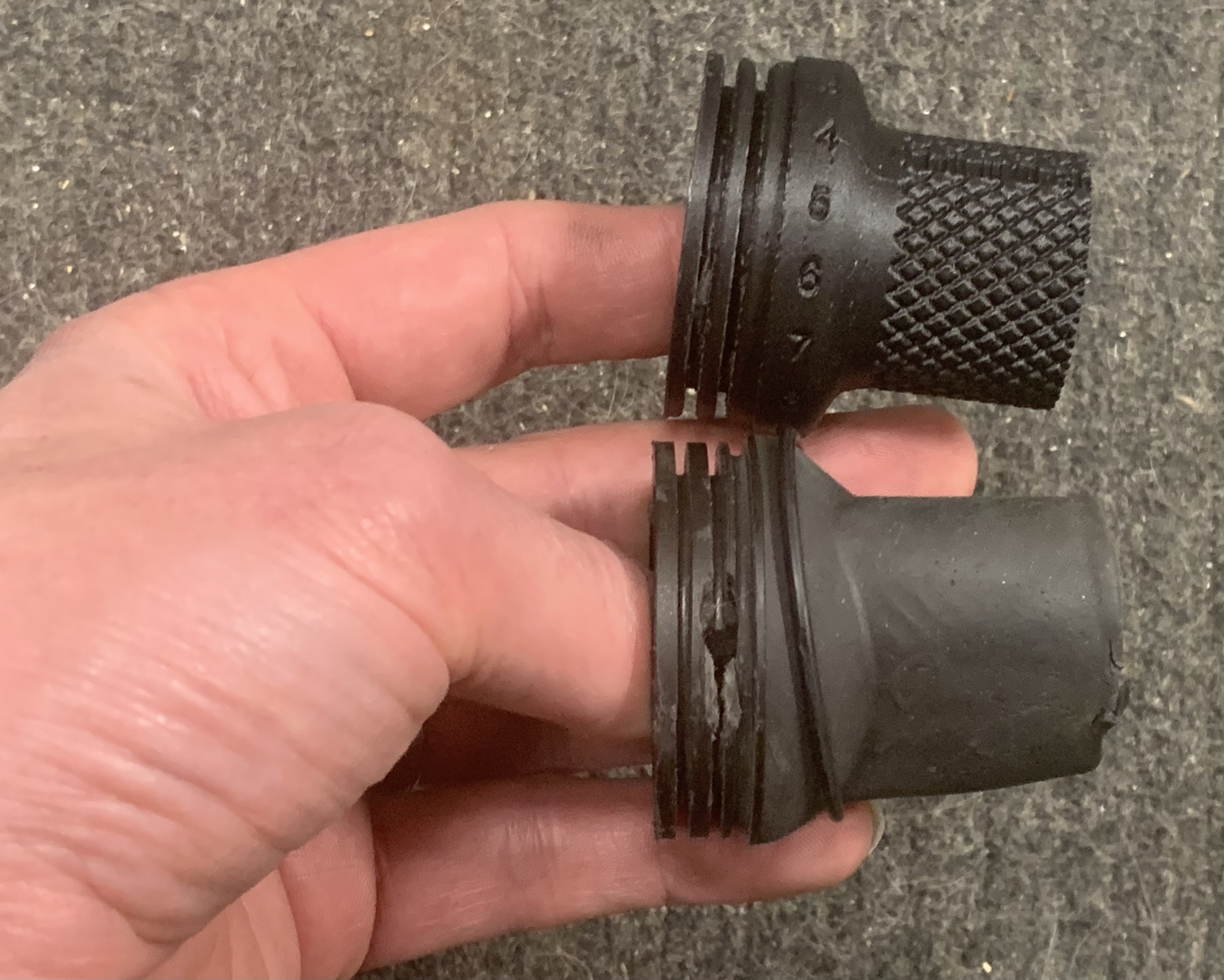My iPhone XS Max 64 GB has been running out of storage space for a year-plus. My ghetto workaround is to erase and restore the iPhone from a backup – this process recovers ~5 GB of storage space post-restore. This is not a permanent fix as the iPhone slowly recaptures the saved space over the next few months – my own stupid fault for being a cheap bastard with storage space when I bought the XS Max 4 years ago… This morning while restoring my iPhone from a local backup saved on on my Mac, an alert erupted: “Could not restore the iPhone because the backup was corrupt.” Ay. Sadly, I had no current iCloud backup and, saved locally, only much older iPhone backups. I know Apple software throws up similar, somewhat bogus, messages for Time Capsule errors that I’ve fixed in the past, so I began searching the web for potential fixes to my iPhone’s backup. My search discovered lots of apps that propose extricating backup data for a fee, but few seem to actually repair a locally saved iPhone backup. At least until I found the macOS software application “Decipher Backup Repair“, reviewed below.
I appreciated a video message from Kelly Wilkerson, one of the app’s co-developer’s; however, I wanted to hear experiences from an independent user and not someone ranting on a Reddit forum, so I’m pitching in my review here. I have no affiliation with the company other than now paying for a license to operate Decipher Backup Restore. From my limited usage, the app is easy to use and effective: it finds backups on your machine and tells you if there are errors within them before anything is repaired. From its initial scan, DBR noted that my locally saved backups had errors going back 3+ years. I gave the app permission to repair my iPhone’s most recent backup, from a couple hours ago. DBR fixed the errors and let me restore my iPhone from a newly created backup archive – sweet! The software is $30 and provided good value for my time, as I didn’t want to spend time setting up my phone from scratch again.
I did notice a couple things that concerned me; however, DBR’s team was super responsive and resolved my concern, spoiler alert: I just needed to be patient and encrypt/password protect backups. My Home Screen and Lock Screen had black backgrounds before restoring with DBR’s repaired archive, but after the restore the backgrounds turned gray – about 10 hours after the restore, I noticed that the black backgrounds had once again returned. Also, my iPhone was running hot right after the restore. DBR’s team told me that I should wait for the iPhone to complete its iCloud/Music/Photo syncing and, sure enough, they were right. After restoring from an Advanced Repair (one of DBR’s routines) later in the evening, I went to bed with the iPhone feeling hot; by morning the iPhone was back to operating at it’s usual comfortable to touch temperature. I also noticed open Safari tabs on my iPhone from before the restore were suddenly missing after restoring. Steve from DBR’s crack team informed me Apple doesn’t include open tabs in backups unless a backup is encrpyted/password protected – darn, this is my fault again, I’ve avoided encryption/password protections as I didn’t want to deal with a corrupted encrypted backup in the case of a disaster, but it seems DBR could help me handle this too. On a related note, maybe I should give in and finally enable FileVault?
Post-restore, data saved on my iPhone shrunk from ~60 GB to about ~56 GB, so it seems I need to get serious about getting a newer iPhone with more data storage or delete more data from my existing device. Either way, my silly strategy of backing up and restoring to free-up space should end – I’m costing myself time and money and others are having to bail me out.
Final thoughts: DBR repaired my local backup, my iPhone was restored with all data that was salvageable, and DBR’s team was super responsive throughout the process. Thanks, Decipher Tools!

